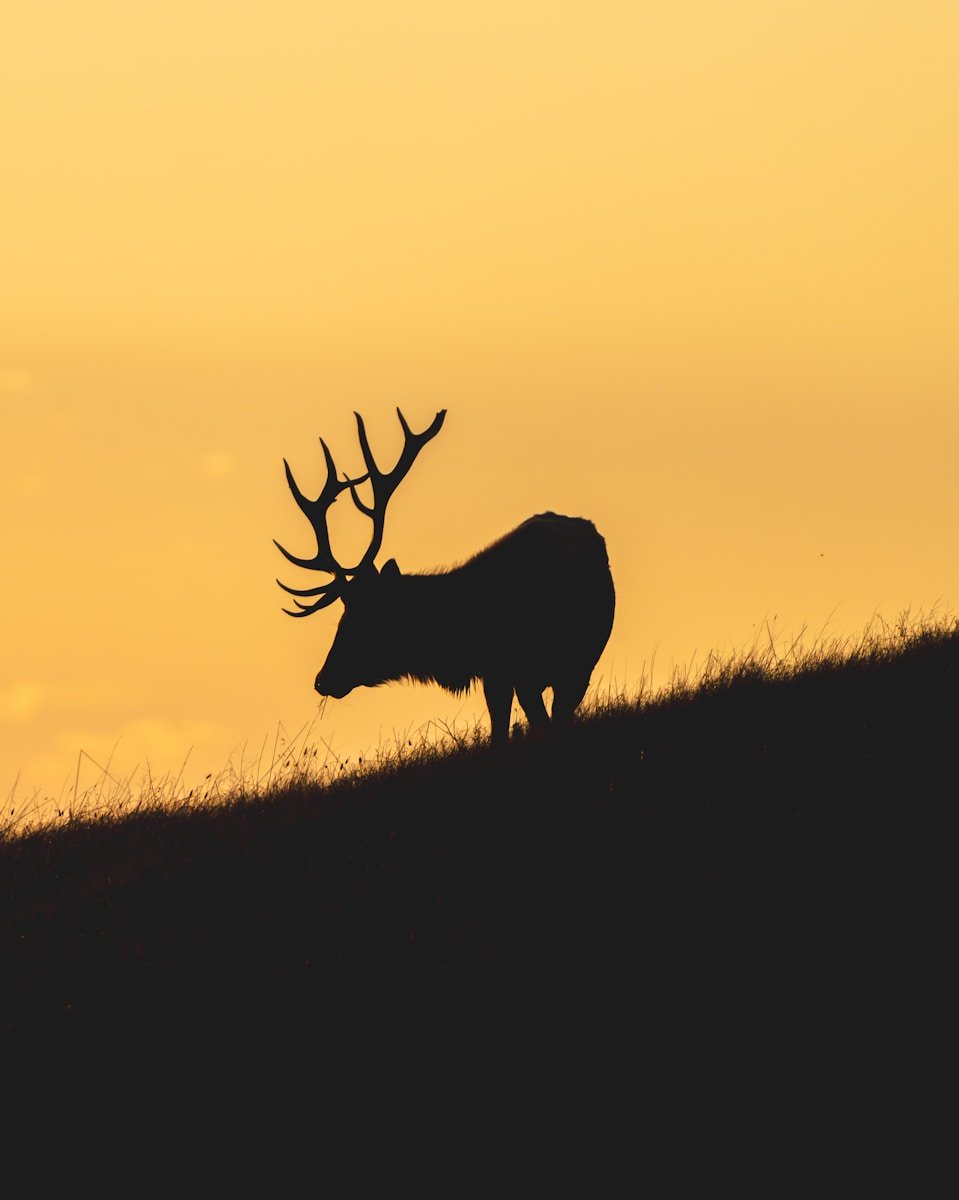The great outdoors has always called to us. For generations, people have flocked to national parks, towering mountains, and postcard-perfect coastlines in search of beauty and escape. Yet today, many of those once-tranquil destinations are crowded. Parking lots overflow. Trails feel more like city sidewalks. The serenity we seek is often drowned out by the noise of over-tourism.
In response, a new travel trend is quietly taking shape. More and more, travelers are turning away from the busiest landmarks and choosing smaller, lesser-known escapes. They are exploring hidden trails, small-town reserves, mountain villages, and coastal wetlands where nature feels untouched. They are staying longer, moving slower, and reconnecting with the rhythms of the natural world. This movement is not only reshaping outdoor travel but also reshaping our relationship with nature itself.
Moving Beyond the Crowds
National parks and iconic landmarks remain wonders of the world, but the surge in visitors has changed the experience. Long lines at trailheads and packed scenic overlooks leave little room for solitude. For many travelers, this feels at odds with the very reason we seek nature: to find quiet, to breathe deeply, to restore balance.
Hidden escapes offer a solution. Local tourism boards, conservation groups, and even everyday hikers are highlighting alternatives—smaller reserves, protected wetlands, and mountain paths that rarely make the guidebooks. These places may not boast the fame of Yellowstone or the Grand Canyon, but they offer something equally valuable: space.
Exploring lesser-known areas allows us to avoid the stress of crowds and discover beauty that feels personal. A shaded trail in a small town, a meadow bursting with wildflowers, or a hidden waterfall can bring the same awe as a headline destination—without the rush.
The trend is also practical. Smaller towns often welcome visitors more warmly, and eco-friendly stays can be more affordable than lodging near major parks. This makes hidden escapes not only peaceful but also accessible for travelers who want authenticity without high costs.
Reconnecting Through Slowness and Solitude
At the heart of this trend is a desire to slow down. Hidden escapes invite us to trade packed itineraries for unhurried exploration. Instead of racing to capture a landmark photo, we linger by a quiet stream. Instead of rushing from site to site, we spend an afternoon walking a local trail or sitting under a tree.
This slower pace reconnects us with the essence of travel. It is less about consumption and more about presence. The rustle of leaves, the smell of fresh earth, the rhythm of waves—all of these details often get lost when we are rushing. Hidden escapes bring them back into focus.
Solitude also plays a key role. In a crowded park, moments of reflection are rare. But in a little-known wetland or forest clearing, solitude is natural. We feel part of the landscape, not just visitors passing through. That sense of belonging nurtures both calm and respect for the land.
Many hidden escapes also emphasize eco-consciousness. Small lodges and farm stays promote sustainable practices. Local guides share knowledge about biodiversity and conservation. Travelers not only enjoy nature but also learn how to care for it. This turns a trip into more than an escape—it becomes a partnership with the land.
Hidden Gems That Redefine Outdoor Travel
Hidden escapes come in many forms. In mountain villages off the beaten path, travelers discover trails that wind through forests where few have walked. Instead of bustling ski resorts, they find small inns where hospitality feels personal and traditions are strong.
Along coastlines, lesser-known wetlands offer rich biodiversity. Birdwatchers marvel at species rarely seen in crowded parks. Kayakers glide through still waters where wildlife thrives. These areas remind us that not all beauty is dramatic; some of it lies in the quiet balance of ecosystems.
Even small-town reserves can surprise us. A local nature park may hold trails lined with wildflowers, ponds filled with migrating birds, or historic sites tucked into the landscape. These places may be just a short drive away, yet they hold the power to reset our perspective.
Social media has helped shine a light on these gems. Travelers now share not only the famous “must-see” spots but also the quiet corners they stumble upon. Posts about farm-to-table stays, eco-lodges, or hidden trails inspire others to rethink what outdoor travel can be. Instead of chasing the same photo, more of us are choosing to create our own unique experiences.
This shift also benefits the land itself. By spreading visitors across more locations, hidden escapes ease the strain on overcrowded parks. Trails are less eroded, wildlife less disturbed, and ecosystems less stressed. In this way, seeking hidden places is not just better for us—it is better for nature.
Rediscovering Wonder in Quiet Places
Hidden nature escapes remind us of something simple yet profound: we do not need fame to find beauty. The most memorable journeys are often not the ones we plan down to the minute, but the ones where we stumble upon a hidden glade, a quiet trail, or a village that feels timeless.
As outdoor travel evolves, the trend is shifting from distance to depth, from crowds to solitude, from consumption to connection. In choosing hidden escapes, we rediscover wonder not in the noise of over-tourism, but in the quiet embrace of the natural world.
The next time you long for fresh air and open skies, remember: the world holds countless corners still waiting to be found. And sometimes, the most powerful journeys are the ones where you take the road less traveled and let nature meet you, quietly, where it always has been.




